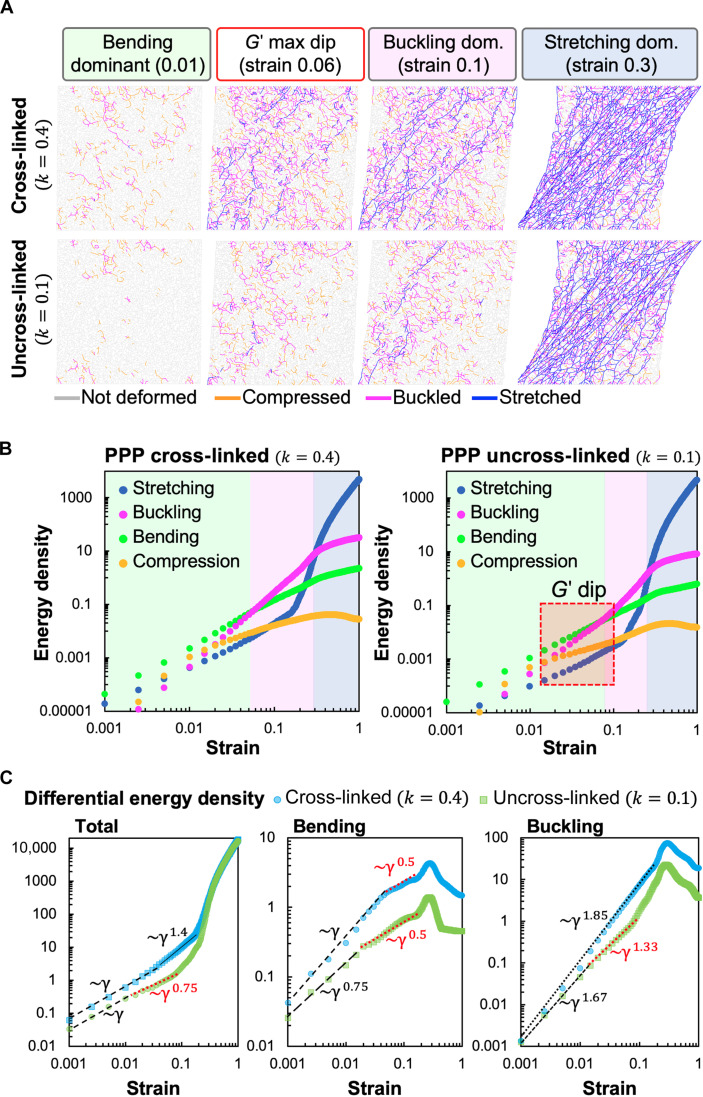Fig. 3. Contribution of different deformation modes to shear response of model elastic networks.
(A) Simulation snapshots of deformations of cross-linked and uncross-linked networks at various applied shear strains. Individual bonds in the network are colored according to whether they are stretched, compressed, or buckled. The relative occurrence of the different deformation modes depends on both applied strain and fiber cross-linking (corresponds to the value of the bending and buckling stiffness parameter k). The simulation box has dimensions of 70 × 70 bonds and corresponds to an area of 0.5 mm2. (B) Calculated elastic energy densities corresponding to stretching, compression, bending, and buckling modes in model simulations for cross-linked (left) and uncross-linked (right) cases. The model predicts that both cross-linked (PPP) and uncross-linked (PPP + T101) clots exhibit three distinct deformation regimes shown by the colored regions, dominated by fiber bending, buckling, and stretching, respectively. The red box indicates the regime of strains where the softening dip in the shear modulus is seen in Fig. 2C and occurs here near the bending-to-buckling transition. This transition occurs at a higher strain for the uncross-linked/lower k network (right), resulting in a broader bending-dominated (green) region. (C) Differential total (left), bending (middle), and buckling (right) energy densities clearly show reduced power law regimes versus applied strain. Unlike cross-linked networks, all energy densities in the uncross-linked (k = 0.1) case demonstrate an additional shallower regime with a lower slope in the region of the softening dip. At larger strains, they exhibit steeper slopes associated with stiffening. This is consistent with the delayed bending-to-buckling transition seen in (B) and also fewer buckled bonds in (A).

